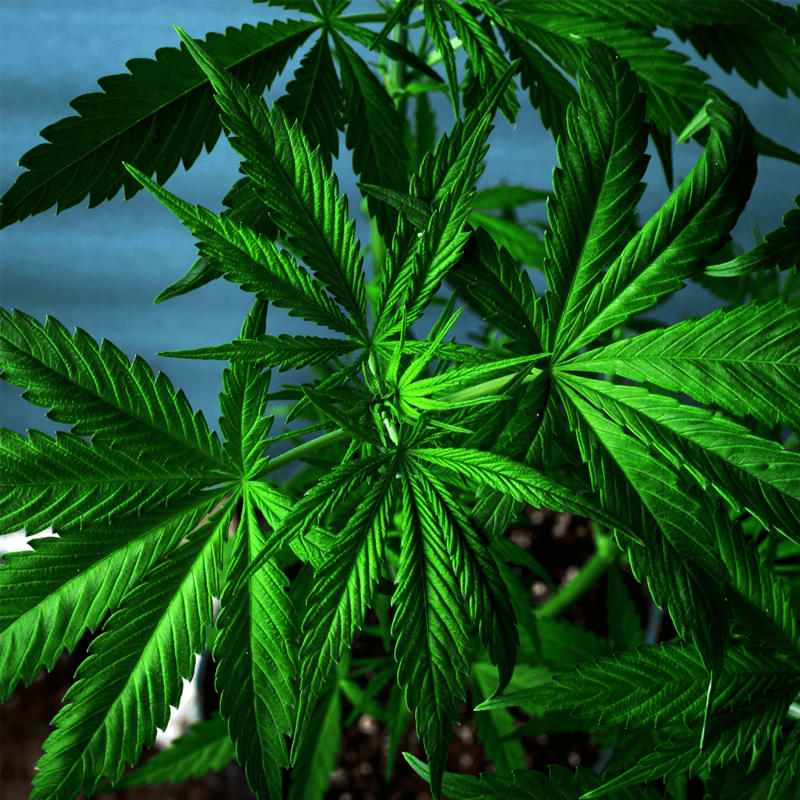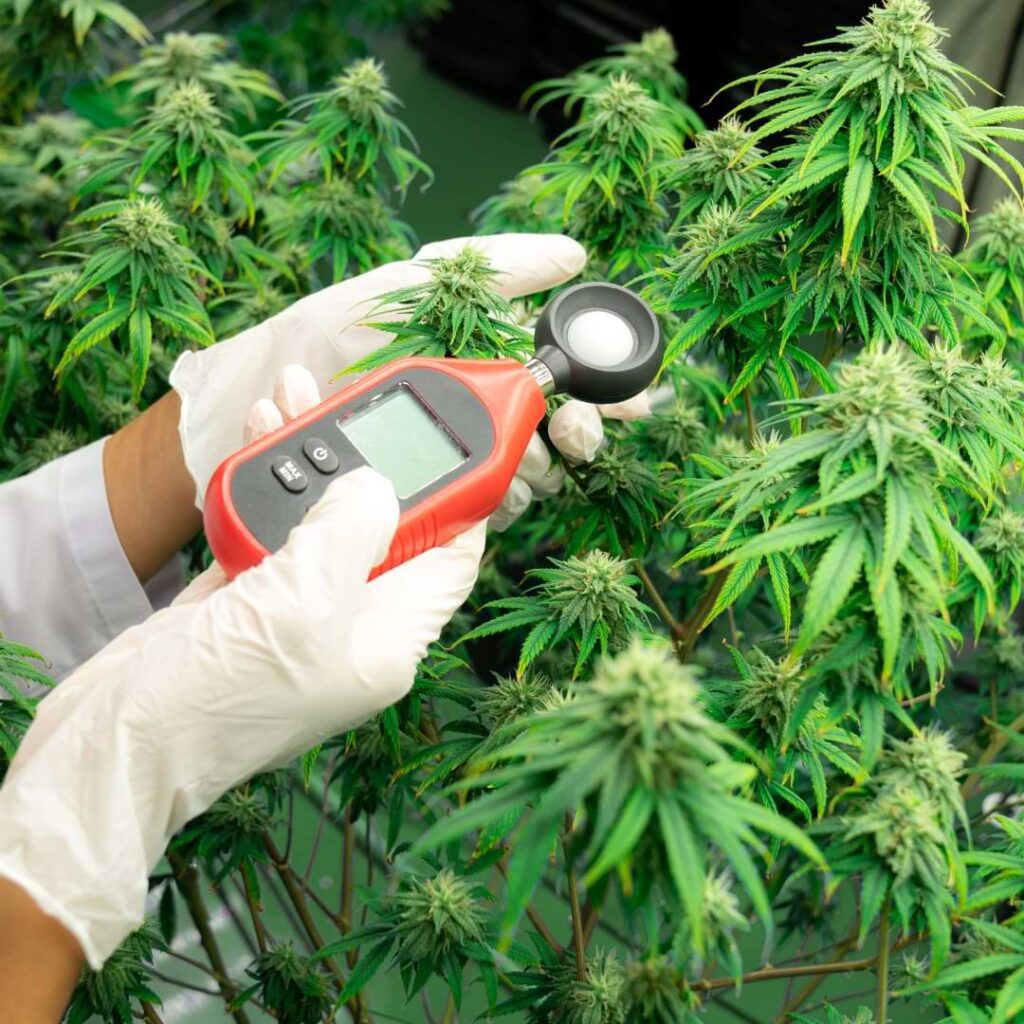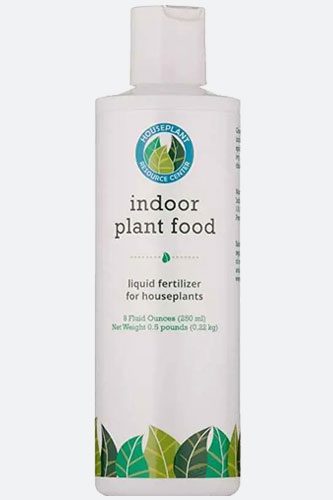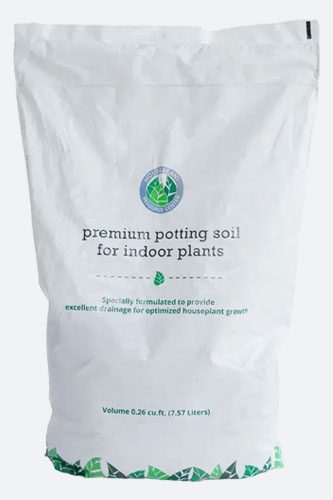Learn more about low humidity symptoms in cannabis plants.
As an aspiring or experienced grower, maintaining an optimal environment for your cannabis garden is crucial to ensure healthy and thriving plants.
When cannabis plants have low humidity they can have symptoms of curling leaves, browning leaves, scorched leaves, wilting stems, and leaves. This slows down photosynthesis and provides the plant with unwanted side effects.
In this blog, we will explore the signs of low humidity symptoms in cannabis plants, effective methods to combat and prevent these symptoms, and the underlying reasons behind their occurrence.

Signs Of Low Humidity Symptoms In Cannabis Plants
Watch out for drooping leaves, leaf curling or rolling, and brittle foliage. Additionally, you may notice slow growth, browning of leaves, and an increase in pest infestations.
Identifying low humidity symptoms in cannabis plants is key to addressing the issue promptly. Being attentive to these signs allows you to take necessary action to protect your precious plants.
How To Combat Low Humidity Symptoms In Cannabis Plants?
To combat low humidity symptoms, start by increasing the moisture levels in your grow area.
- Use A Humidifier: Utilize a humidifier to regulate humidity levels and maintain the ideal range of 55% to 70% during the vegetative phase and slightly lower during flowering between 40% to 50%.
- Water Tray: By leaving some water in a tray in the growing area or below plants, you can elevate the humidity levels.
- Misting Plants: Frequent misting of the plants can also provide temporary relief. Additionally, grouping plants together or using a humidity tray with water can help create a microenvironment with higher humidity around the plants.
Ways To Prevent Low Humidity Symptoms In Plants
Preventing low humidity symptoms involves creating a controlled and optimized growing environment. Invest in a quality hygrometer to monitor humidity levels regularly.
Using a humidity meter with your grow room’s ventilation system can help maintain consistent humidity. Consider sealing any gaps or leaks in your grow space to retain humidity effectively.
Choosing cannabis strains that are more resilient to fluctuating humidity can be beneficial.
Why Do Low Humidity Symptoms In Cannabis Plants Occur?
Low humidity symptoms in cannabis plants can arise due to various factors. During winter or in arid climates, the ambient air tends to be drier, affecting indoor grow spaces as well.
Improper ventilation, excessive heat, and intense lighting can contribute to low humidity levels. Also, neglecting to provide adequate water to the plants can exacerbate the problem. Understanding the root cause allows you to implement targeted solutions to prevent future occurrences.
Cannabis low humidity symptoms can pose significant challenges to a successful growth cycle.
By familiarizing yourself with the signs, ways to combat low humidity symptoms, prevention methods, and underlying causes of low humidity, you can ensure your cannabis plants flourish in a healthy environment.
Be proactive in monitoring and maintaining optimal humidity levels to foster robust growth, vibrant foliage, and abundant yields. Remember, a well-nurtured cannabis garden not only rewards you with top-quality buds but also deepens your appreciation for the beauty of nature’s bounty.
For more info on optimizing your cannabis grow space, check out, you can register for our free Ultimate Marijuana Home Growing webinar. Subscribe to our newsletter to get updates about indoor and outdoor growing tips. New subscribers receive a free Quickstart Guide to Growing Marijuana Ebook and they can join our Weed Wisdom Facebook Community.







